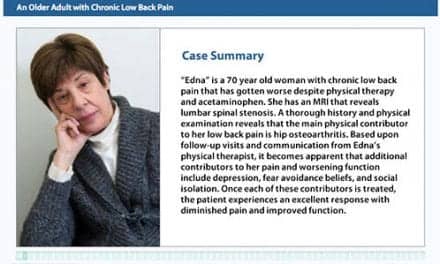Last Updated: 2007-11-27 10:30:01 -0400 (Reuters Health)
NEW YORK (Reuters Health) – Joint damage due to rheumatoid arthritis (RA) appears to be more severe among patients with a normal body mass index (BMI) than among their obese counterparts, a German research team reports.
This apparent protective effect of obesity is observed only in patients positive for rheumatoid factor, however, suggesting that different autoimmune conditions affect biochemical processes in the arthritic joint.
A low BMI is a highly significant risk factor for decreased bone mineral density and increased risk of low trauma fractures, Dr. Gisela Westhoff and associates note in the November issue of Arthritis and Rheumatism, but its role in rheumatoid arthritis is not well understood.
Dr. Westhoff, of the German Rheumatism Research Centre in Berlin, and her colleagues evaluated 767 patients with early RA (less than 24 months duration). Forty percent had a normal BMI, 41% were overweight and 19% were obese. Radiographic damage was assessed using the Ratingen Scale score, which evaluates joint surface destruction of 38 joints.
The mean Ratingen Scale score among patients with normal BMIs was 9.7 in RF-positive patients and 4.6 in RF-negative patients, while there was no significant difference in scores among obese patients (4.1 versus 3.4, respectively).
The results of multivariate analyses of RF-positive patients indicated that the adjusted odds ratio for a Ratingen Scale score of 7 or higher was 3.34 for normal versus high BMI, after adjusting for C-reactive protein levels, disease activity scores, disease duration, and osteoporosis.
Dr. Westhoff’s group speculates that the effect of adipose tissue may be mediated by secretion of anti-inflammatory proteins.
But despite their findings, they emphasize that "obesity still is, as seen in this study, an important source of increased pain, increased functional disability, impaired health, and impaired quality of life in patients with RA."
Arthritis Rheum 2007;56:3575-3582.



